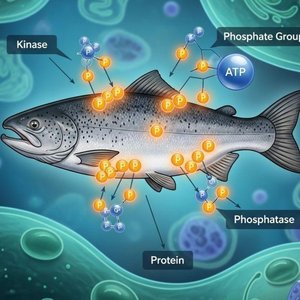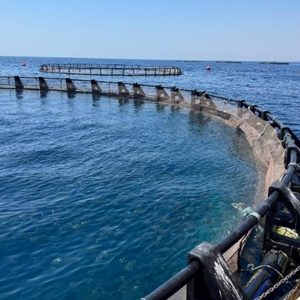Americans ate 16.5 pounds of fish and shellfish per person in 2006, a two percent increase over the 2005 consumption figure of 16.2 pounds, according to a study released by NOAA Fisheries Service. The increase brings seafood consumption up to slightly under the 2004 record of 16.6 pounds.
Americans consumed a total of 4.9 billion pounds of seafood in 2006. The nation imports roughly 83 percent of its seafood and remains the third largest global consumer of fish and shellfish, behind
“The National Offshore Aquaculture Act of 2007 would provide American consumers with greater choice and confidence in the sustainability and safety of their seafood selections,” said Bill Hogarth, director of NOAA’s National Marine Fisheries Service. “This legislation is an important step toward increasing our supply of home-grown seafood.”
The United Nations is projecting a 40 million ton global seafood shortage by 2030, unless something is done. While NOAA works to end overfishing and rebuild wild stocks, the
Of the total 16.5 pounds consumed per person, Americans consumed a record 12.3 pounds of fresh and frozen finfish and shellfish, up 0.7 pounds from last year. Canned seafood consumption dropped 0.4 pounds to 3.9 pounds per capita. A record 5.2 pounds of fillets and steaks were consumed, up 0.2 pounds.
Shrimp continues to be the top consumed seafood in the
Increased seafood consumption is due in part to the growth in imports of farmed fish and shellfish. The
NOAA Fisheries’ calculation of per capita consumption is based on a “disappearance” model. The total
NOAA Fisheries has been calculating the nation’s seafood consumption rates since
1910 to keep consumers and the industry informed about trends in seafood consumption and trade.
More information: NOAA Fisheries Service Statistics










